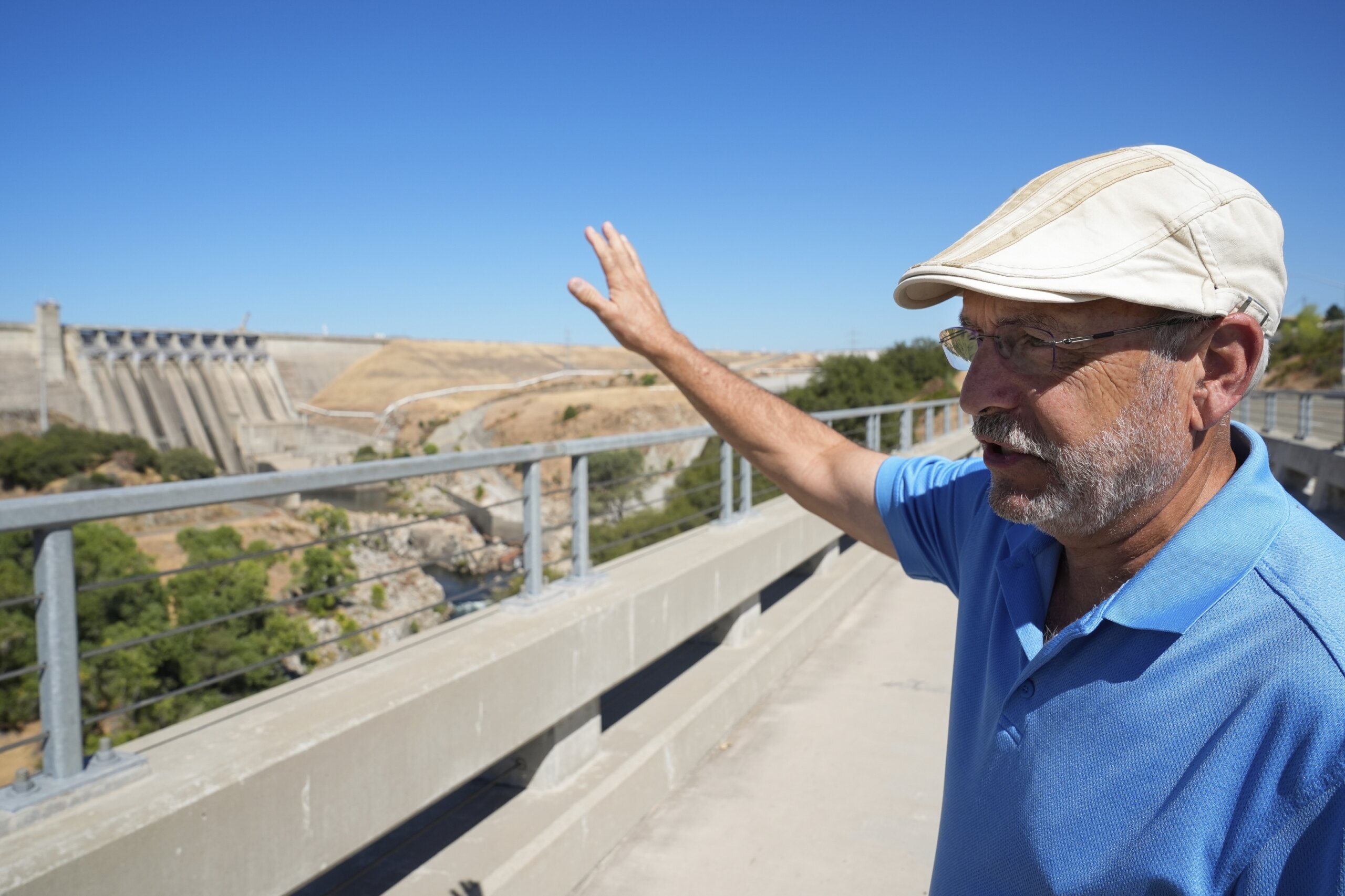Thousands of people live downstream from dams yet may not always realize the risks. As the climate changes, heavy rains…
Thousands of people live downstream from dams yet may not always realize the risks.
As the climate changes, heavy rains from intense storms have put communities at greater jeopardy from flooding and placed the nation’s aging dams at greater risk of failing. That’s been evident recently as floodwaters from storms damaged or breached dams in Georgia, Minnesota, New York, South Carolina, Texas and Wisconsin, forcing evacuations and costly repairs.
An Associated Press review found that conflicting federal policies may be inhibiting the ability of local officials to share details with residents, businesses and other property owners about the places that get could inundated with floodwaters if a dam were to fail. That same information gap also could be costing residents more for flood insurance.
The problem has persisted for years, though federal officials have been warned of its implications.
Here are some takeaways from the AP’s report on the conflicting federal policies about potential dam failures.
Flood insurance details
The Federal Emergency Management Agency oversees a flood-insurance program available in communities that adopt and enforce floodplain management regulations. Nearly 22,700 local governments participate in the National Flood Insurance Program. As of the end of July, it provided $1.3 trillion of insurance coverage to about 4.7 million policyholders — down about 1 million policies since the program’s peak participation in 2009.
FEMA also oversees a voluntary program that offers discounts on flood insurance. The Community Rating System grades a community’s flood mitigation and safety measures on a 1-to-10 scale, with Class 1 being the best.
A Class 1 ranking entitles a community’s residents to a top discount of 45% on their flood-insurance premiums. But it’s not easy to achieve. Just two of the 1,500 local governments taking part in the Community Rating System have earned the top discount for their residents.
One of the areas evaluated by the Community Rating System focuses on dams. To receive a top ranking, communities must maintain maps showing the homes, businesses and critical facilities that could get inundated with floodwaters if a dam were to fail and provide public outreach about the potential risks. Just four communities nationwide have earned any credit for their local efforts regarding potential dam failures.
Secrecy about dams
One reason so few communities have qualified for top flood-insurance discounts is that some federal agencies have prohibited the release of inundation maps for dams that they own or regulate.
After the Sept. 11, 2001, terror attacks, some federal agencies cited national security grounds while refusing to release certain information about dams. They feared dams could become targets if terrorists knew the potential to cause devastating flooding.
The Bureau of Reclamation owns 430 dams in the western U.S., including some of the nation’s largest structures. But it has required non-disclosure agreements when sharing dam inundation maps and emergency action plans with local officials. That has inhibited officials from sharing specific information about the risks of dam failures with residents who could get flooded.
The Federal Energy Regulatory Commission, which regulates about 1,800 power-producing dams, categorizes dam inundation maps as critical infrastructure information that “could be useful to a person planning an attack” and requires those receiving such information to sign non-disclosure agreements. But FERC can’t prevent a dam owner from independently sharing the information.
Records obtained by the AP show that a California emergency services official raised concerns about the policies during a January 2020 meeting of FEMA’s National Dam Safety Review Board.
The federal “dam information sharing procedures costs communities points, homeowners money, and potentially citizens lives,” he said, according to meeting minutes that were released to the AP this summer, nearly two-and-half years after the news organization submitted a Freedom of Information Act request to FEMA.
Are changes coming?
In response to questions from the AP, the Bureau of Reclamation said it is revising its policies and will start allowing communities to publicly share information about dam inundation zones, including potential flood-wave travel times, flood depths and durations. The bureau said the changes will begin in 2025, but it could take more than eight years to complete for all its dams.
Since the 2020 meeting, the U.S. Army Corps of Engineers also has become more transparent about the flood-risks from its dams. The Corps began posting dam inundation maps online in late 2021 after determining that releasing the information “is more beneficial to the public than any risk of misuse.”
FEMA is considering potential changes to the Community Rating System for flood insurance. The agency sought sought public input in 2021 about ways to revamp the system to better incentivize communities to reduce flood risks. Several commenters highlighted difficulties in getting credit for dam safety initiatives, including the reluctance of some federal agencies to share information regarding inundation zones from dam failures.
Nothing immediate came from that review. This summer, FEMA again opened a public comment period on potential changes to the Community Rating System. People can submit suggestions through Sept. 9. But FEMA doesn’t expect to make any changes until 2026.
Copyright
© 2024 The Associated Press. All rights reserved. This material may not be published, broadcast, written or redistributed.
